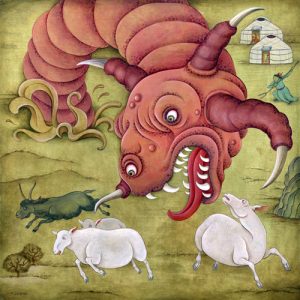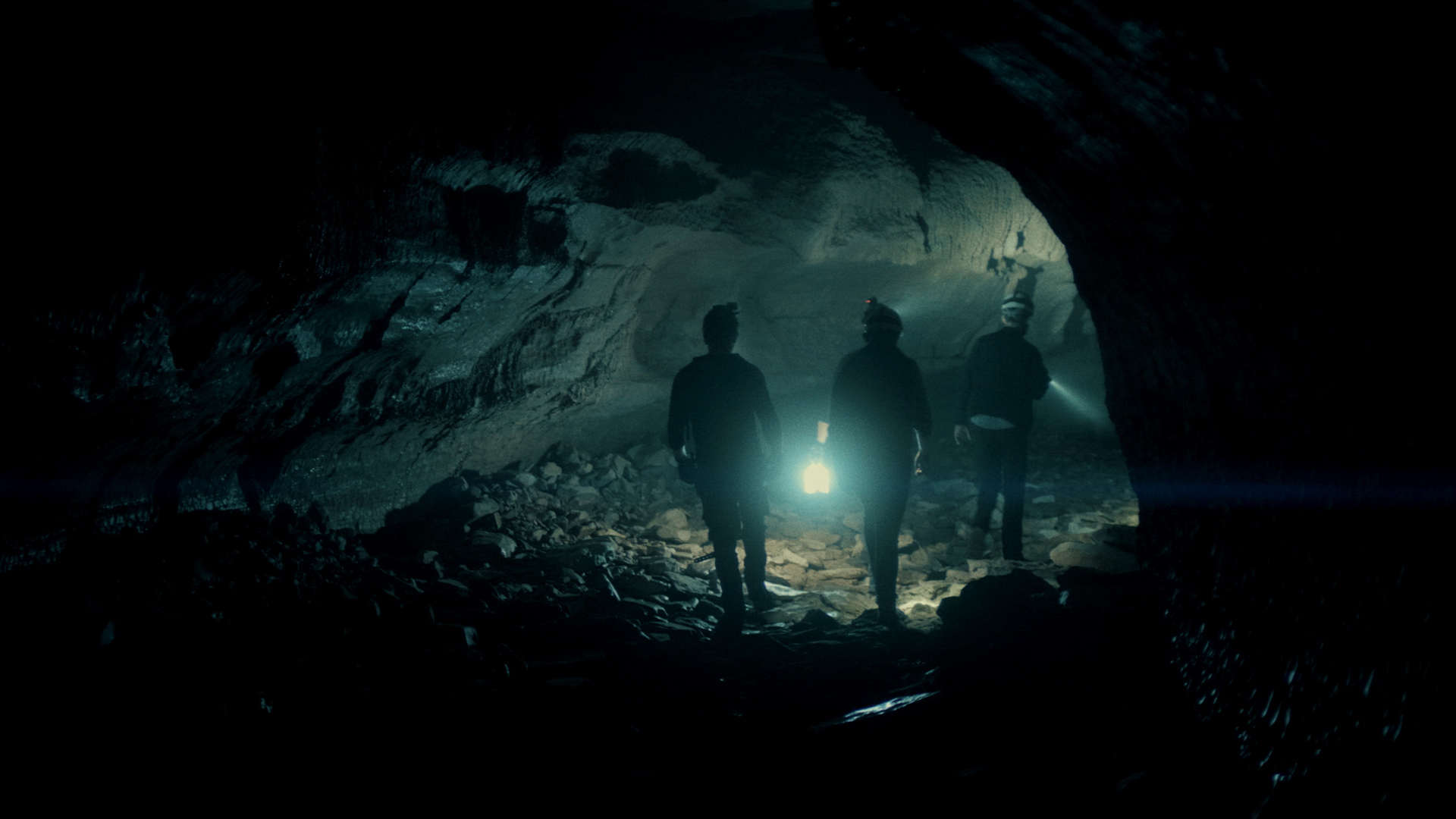
The PARANOIA Cryptid Files: The Mongolian Death Worm
- January 16, 2018
- 0
By Mr. Strange
 The Mongolian Death Worm is one of the more mysterious, yet popular Asian cryptids.
The Mongolian Death Worm is one of the more mysterious, yet popular Asian cryptids.
This makes it something of a pardoxical creature. Because it is said to burrow deep in the ground, little is known of the creature. It is however very prominent among the myths and legends of the nomadic tribesmen of Mongolia. The creature has also had several books and literature written about it. Ivan Efremov, the renowned scientist and author wrote a short story about it, as well as Roy Chapman Andrews. The creature was also the main monster featured in the Hollywood film, “Tremors.”
The creature is known as the Olgoi-Khorkoi in Mongolia. The name translates to “intestine-worm.” The creature got its name from its appearance and length. The creature is said to be red in color, and long, resembling a cow’s intesintine, hence its name. The creature is said to remain hidden under the sand for most of the year, except for June and July. It is truly a spectacle, when it does come out and feed. The creature is said to rise up from out of the ground, exposing itself completely. Its method of killing its prey varies, and all the methods are quite grisly and garish. Some stories say that it spits out a corrosive acid on its hapless victim, while others say that it inflates and explodes, releasing a lethal poison. Some stories even say that the creature releases electric shocks that can instantly fry its victim on the spot. Its preferred prey are humans and their livestock.
Because Mongolia was under Communist control for so long, expeditions to try and verify the creature’s existence was often quite difficult. This has changed in recent years, however. Czech author Ivan Mackerle had always had an interest in the creature, ever since he heard about it from one of his students. He was able to launch an expedition to Mongolia in 1990, once Communism collapsed. Although his expedition could not come across anything that could substantially prove the creature’s existence, belief in the creature persists. This is because of the sheer number of sightings and unaccountable deaths in the area.
Some scientists have debunked the creature as pure myth because of the harsh environment of the Gobi Desert. They say that the area is too hot and that worms cannot possibly survive under the sand. Believers in the creature have countered this argument by saying that there have been several examples of worms living under the sand. They mention the Giant Beach Worm of Australia, as a notable example. The creature’s habitat is in the sandy beaches of eastern Australia, and can grow to as long as 2.5 meters long. The creature is often underground, and only comes out into the surface to feed. Its behavior is very similar to the Mongolian Death Worm. Belief in the creature persists because of these facts, along with all the sightings and mysterious deaths in the area.

